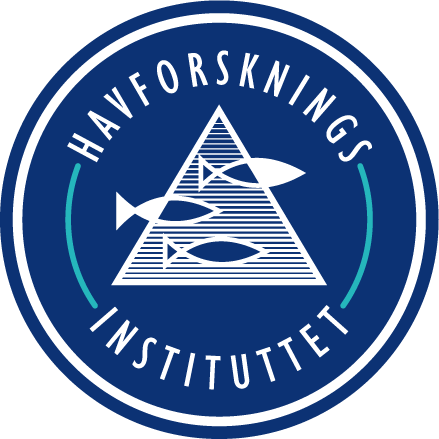Seafood monitoring at the Institute of Marine Research
How we analyze thousands of samples every year.
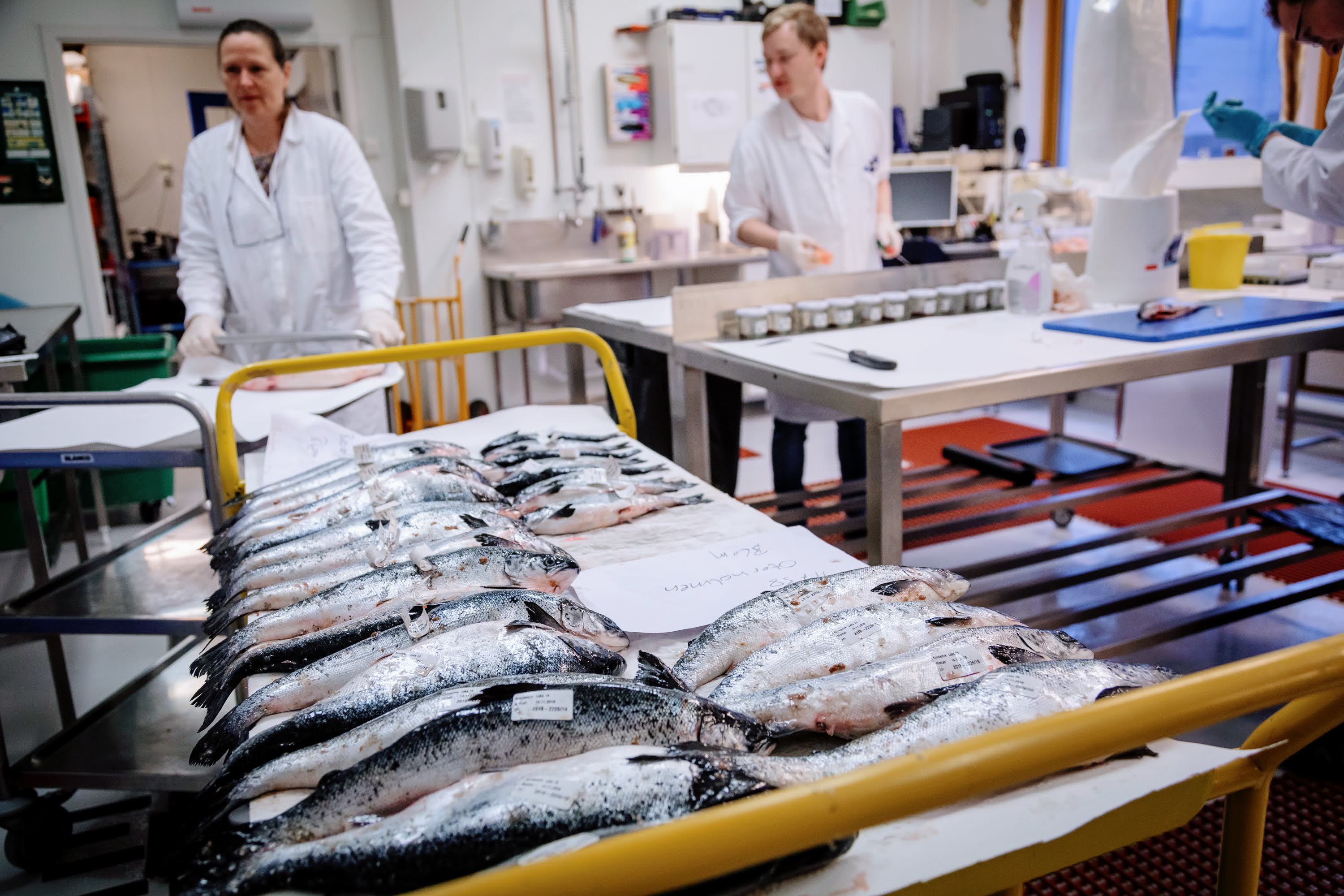
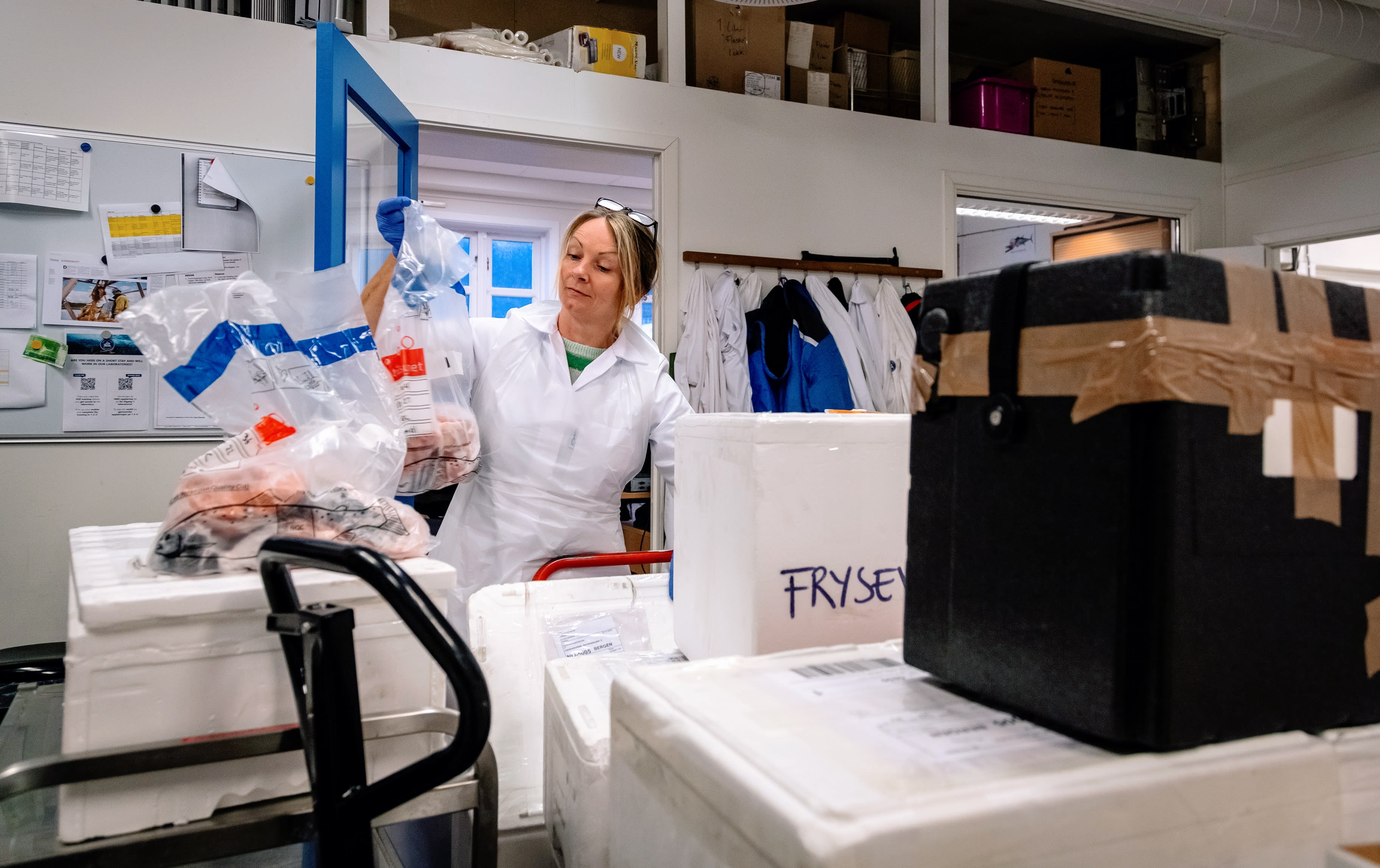
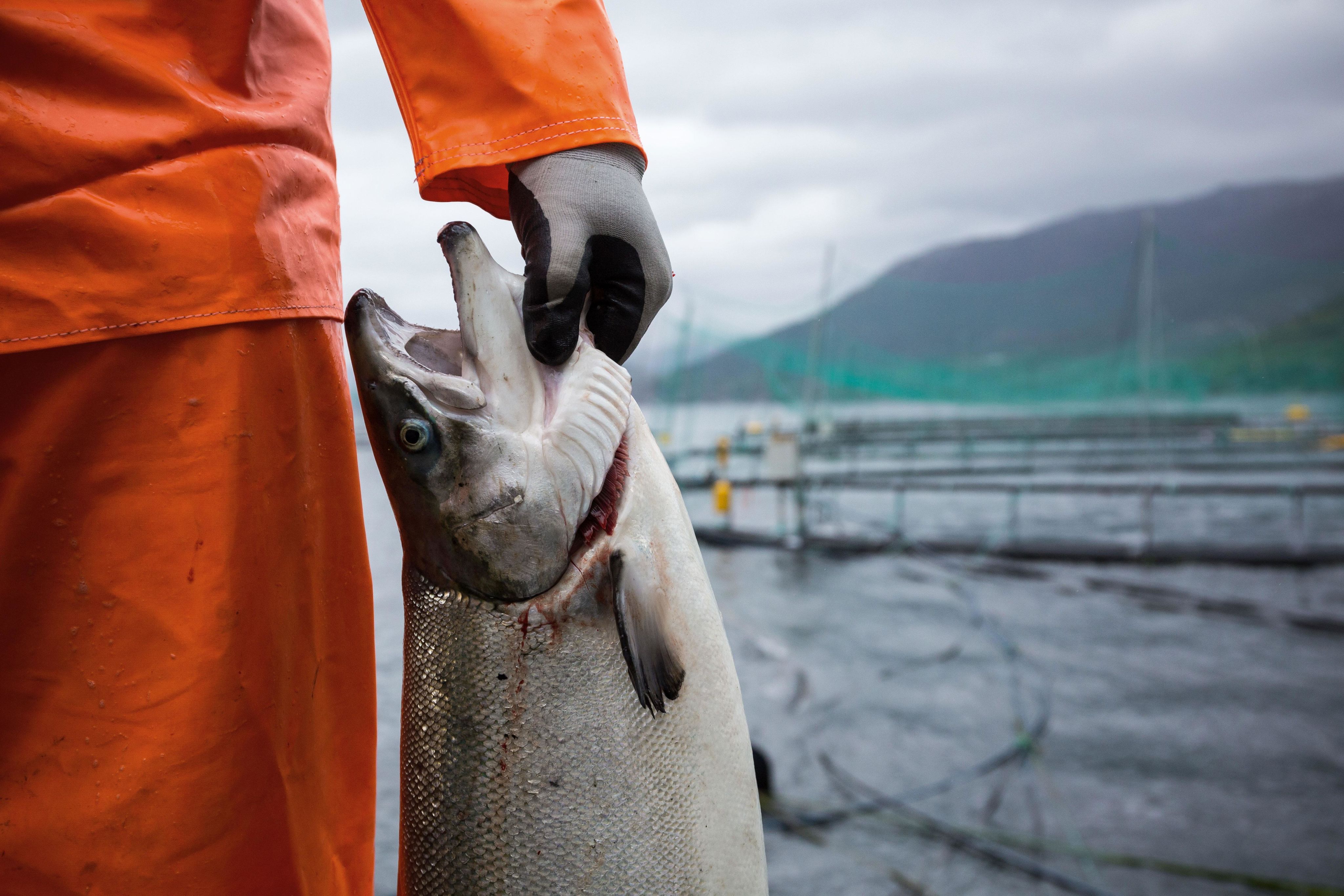
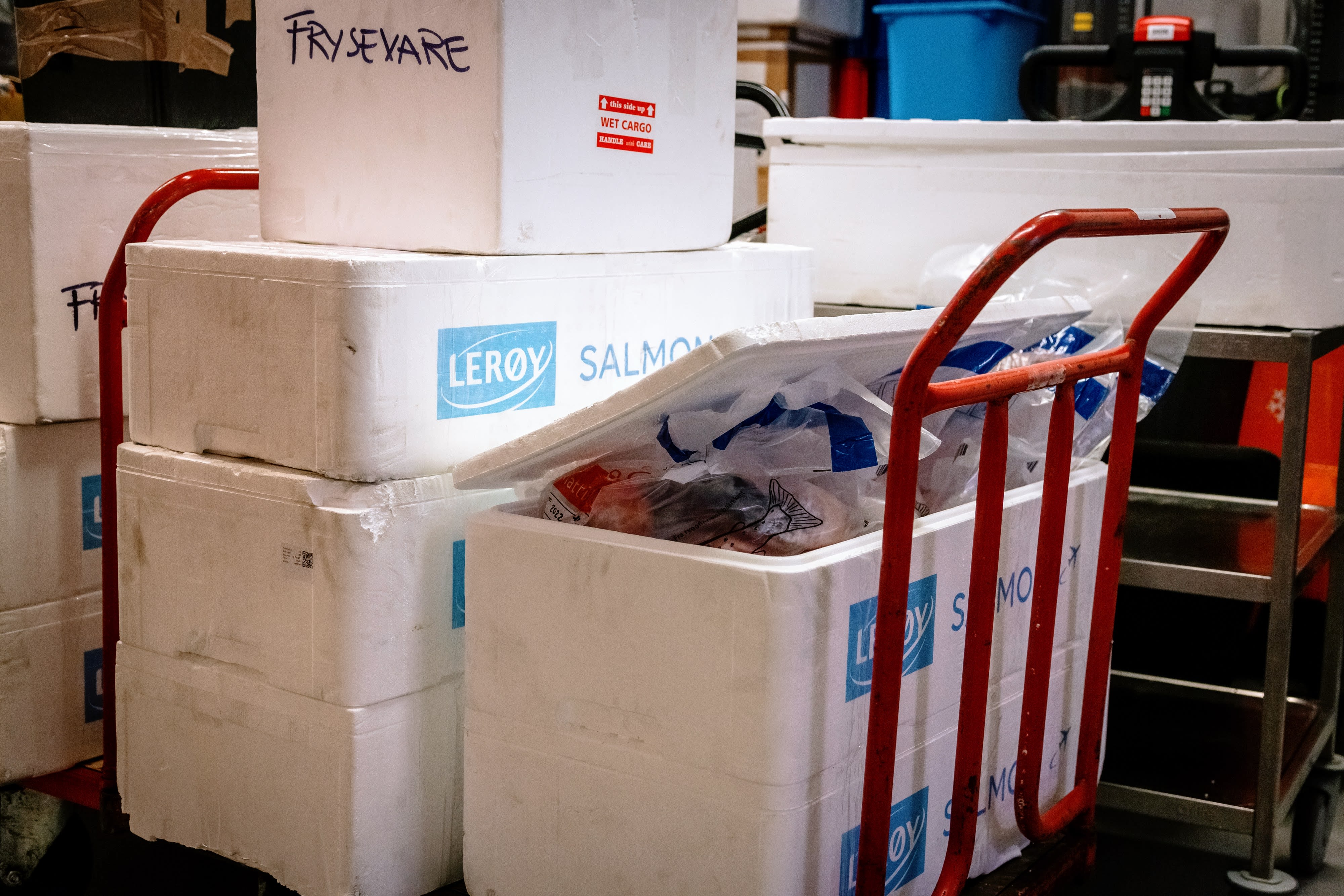
At the IMR, we receive seafood to be analyzed for nutrients and contaminants on a daily basis.
The Norwegian Food Safety Authority sends us thousands of samples of farmed fish every year. These are representative of the entire industry.
Inspectors from The Norwegian Food Safety Authority sample fish from farms along the entire Norwegian coast.
All samples are taken from the same part of the salmon – a Norwegian Quality Cut.
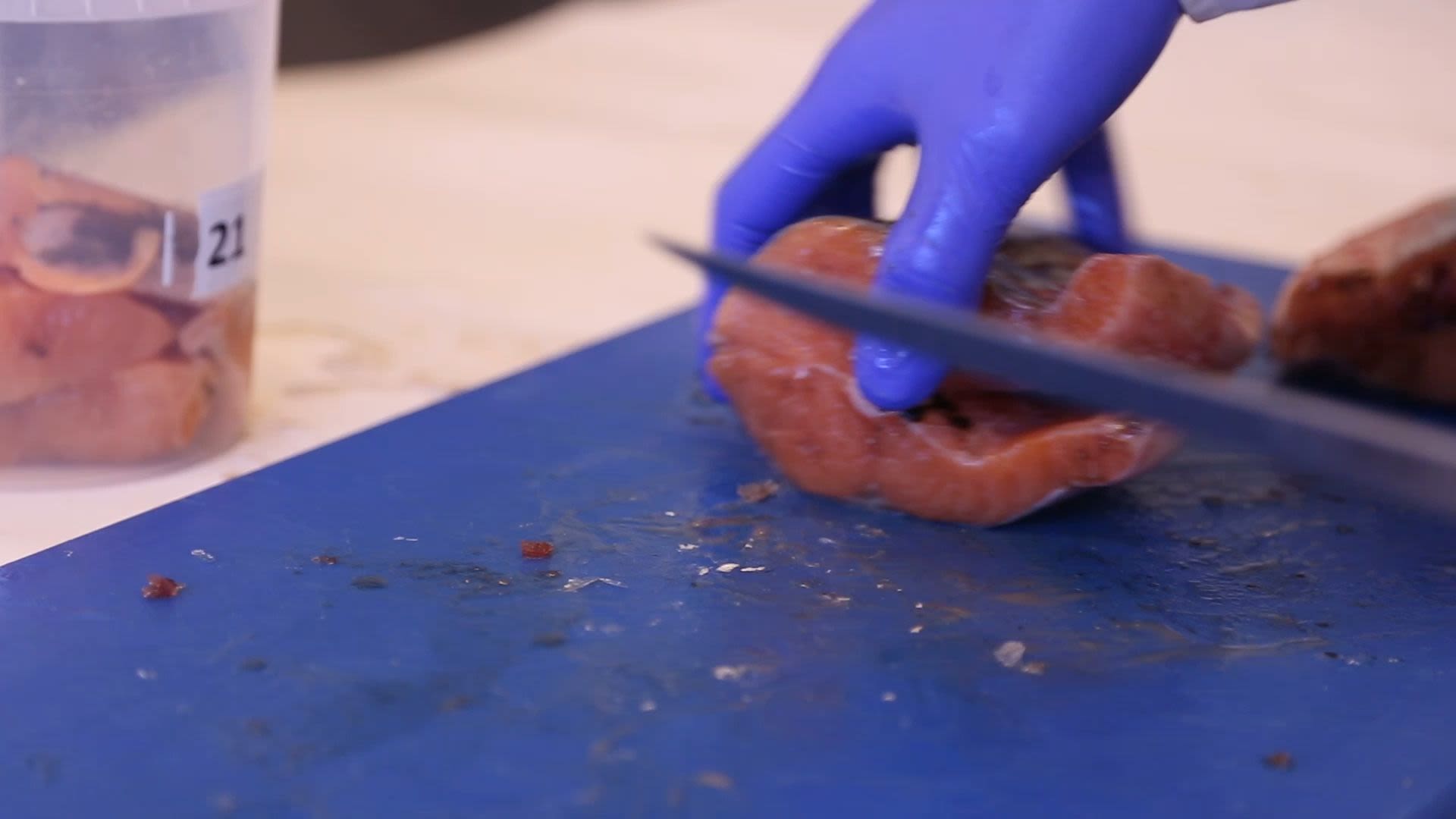
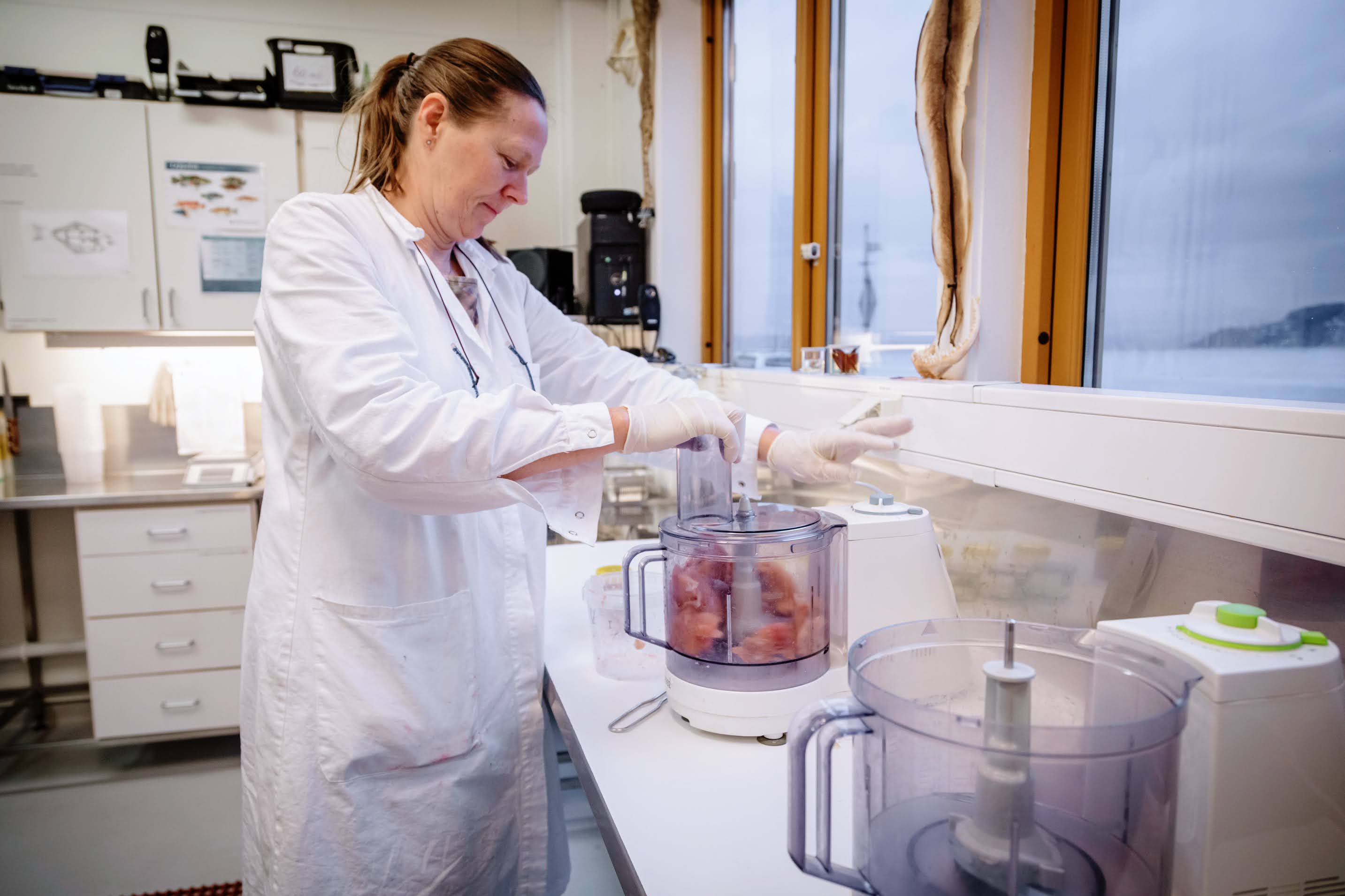
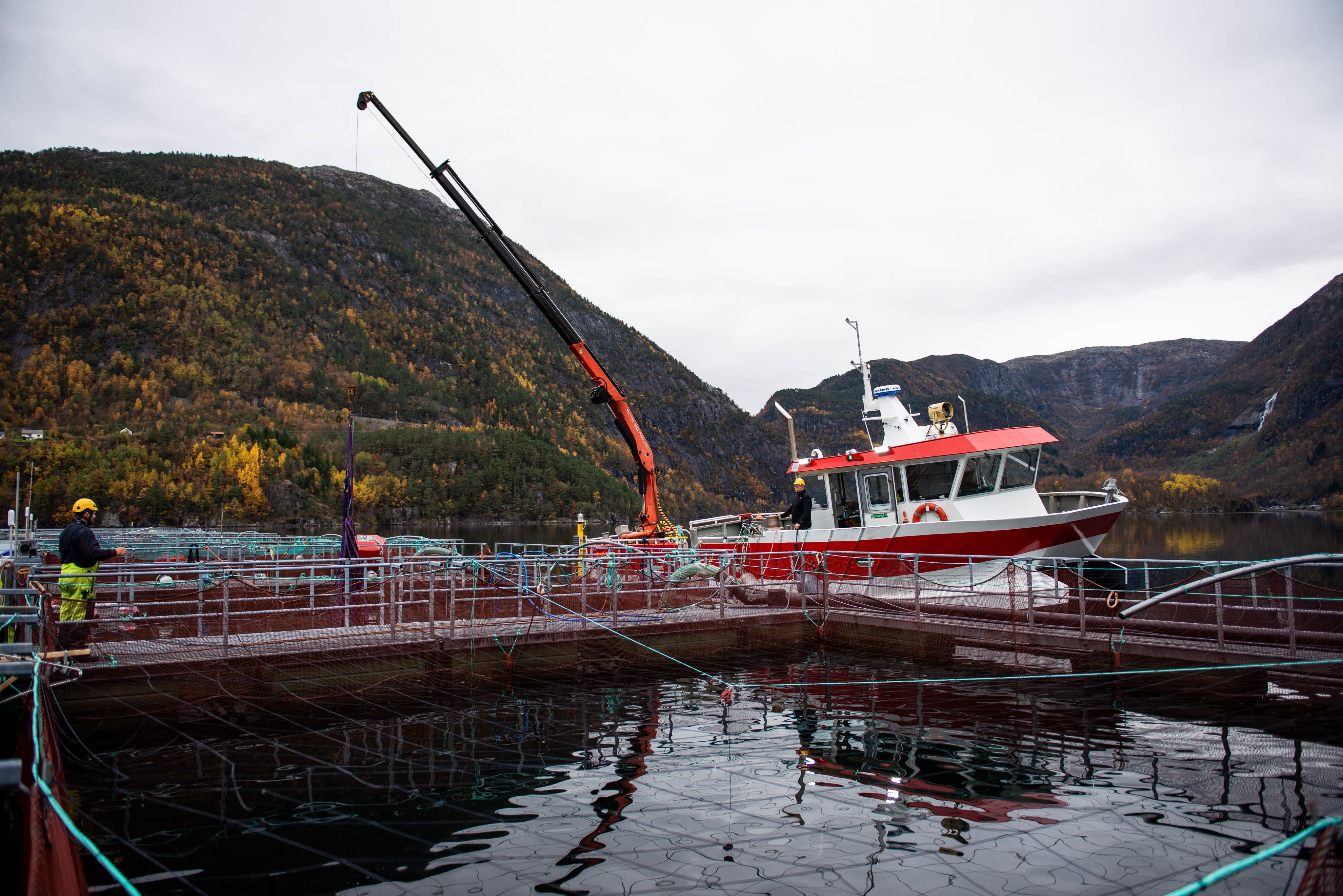
Samples are treated in various ways. Some are minced, mixed, dried and ground into a fine powder.
It is the EU that has required Norway to analyze one sample per hundred tonnes of farmed fish produced.
The monitoring is required for the fish to be sold and exported as food.

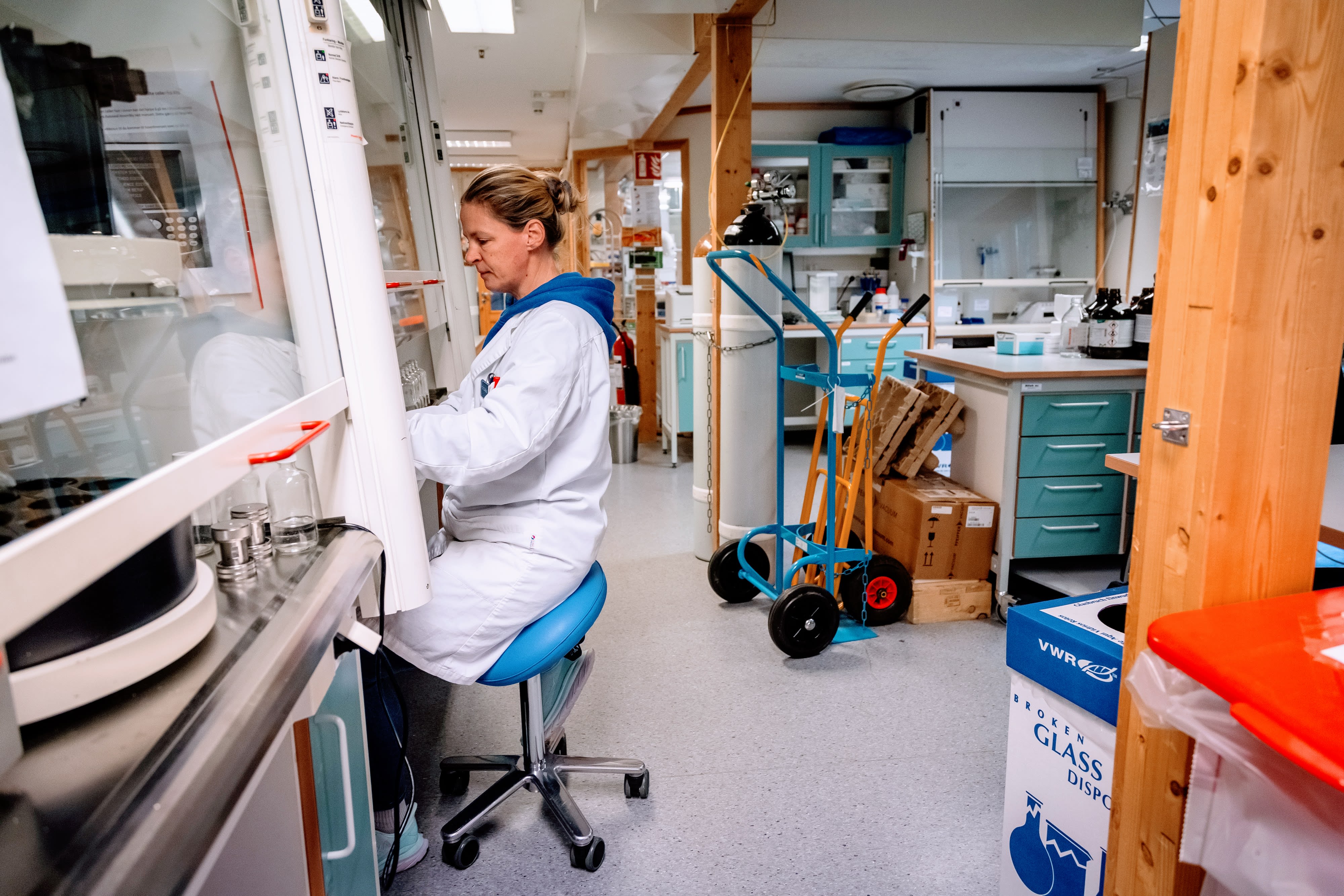
At the Chemistry and Undesirables lab, researchers look for environmental contaminants, recidues of veterinary drugs and other undesirables.
The surveillance helps to ensure that levels of undesirable substances are below the legal maximum levels.

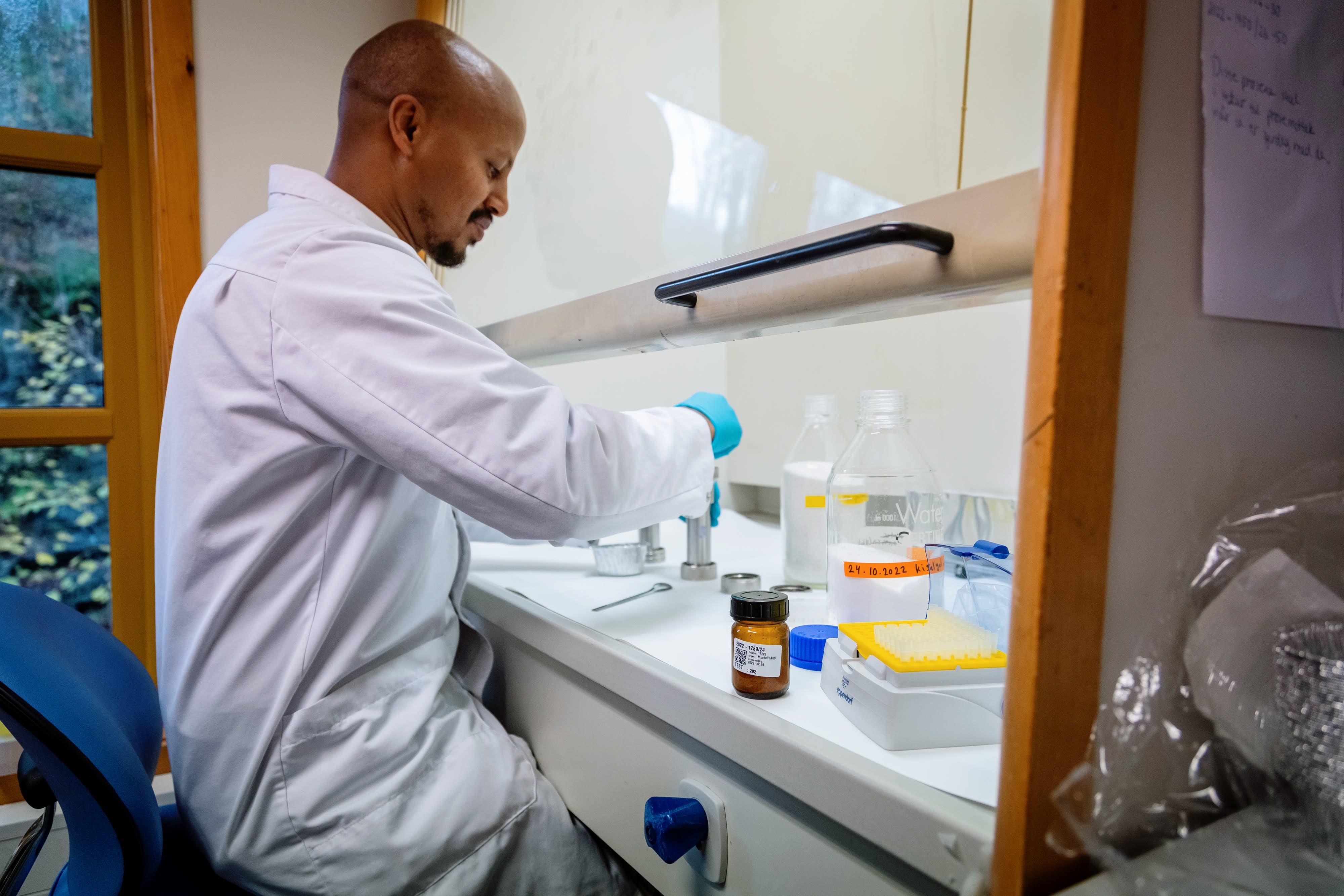

The samples are analyzed for residues of both illegal and approved veterinary drugs. The latter include antibiotics and drugs against parasites.
There are maximum levels for environmental pollutants such as dioxins and PCBs – and for heavy metals such as mercury, lead and cadmium. Exceedances are reported to the Norwegian Food Safety Authority, who then take action.
We also analyze other types of seafood, such as mussels. These are checked for algae toxins, bacteria and viruses.

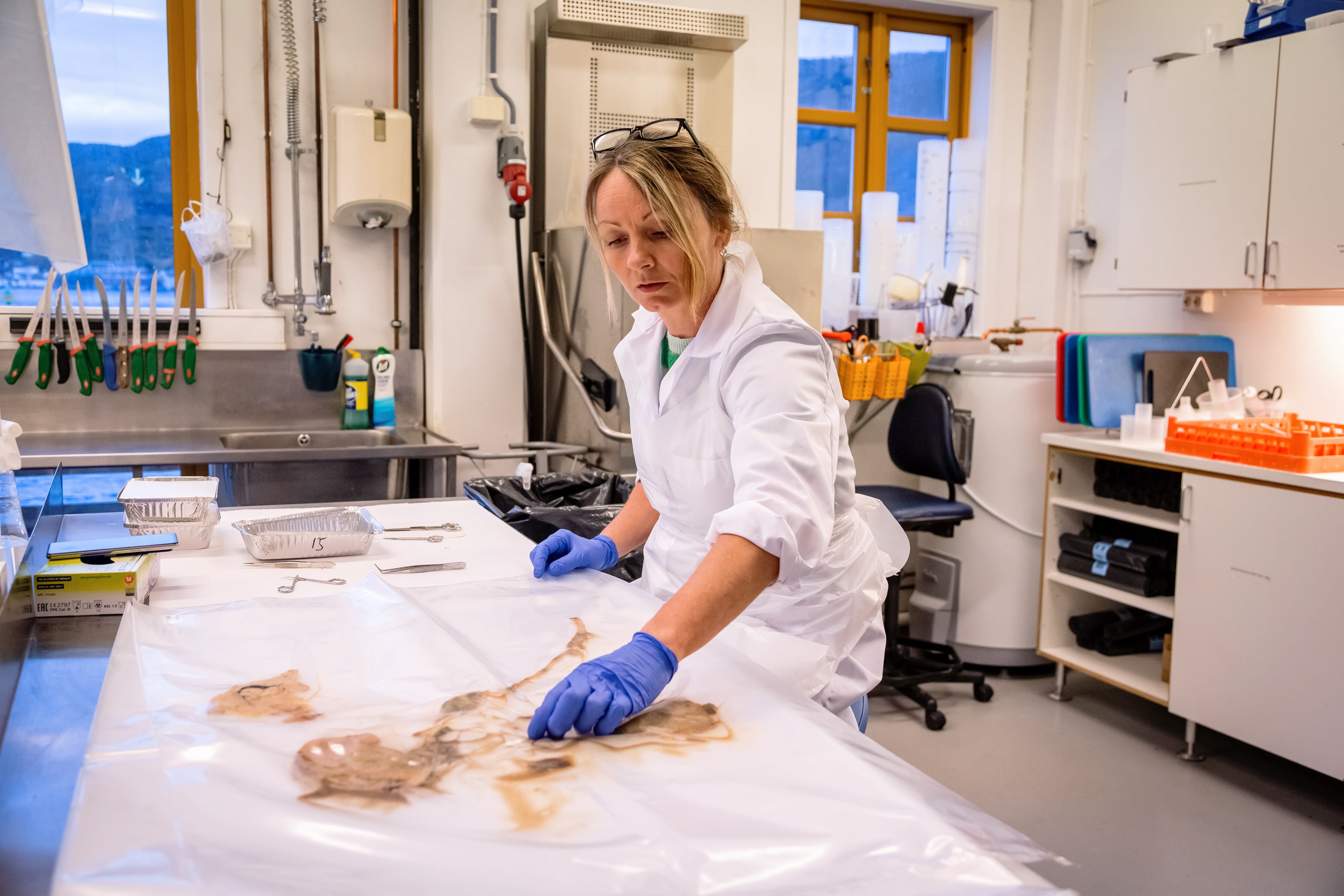
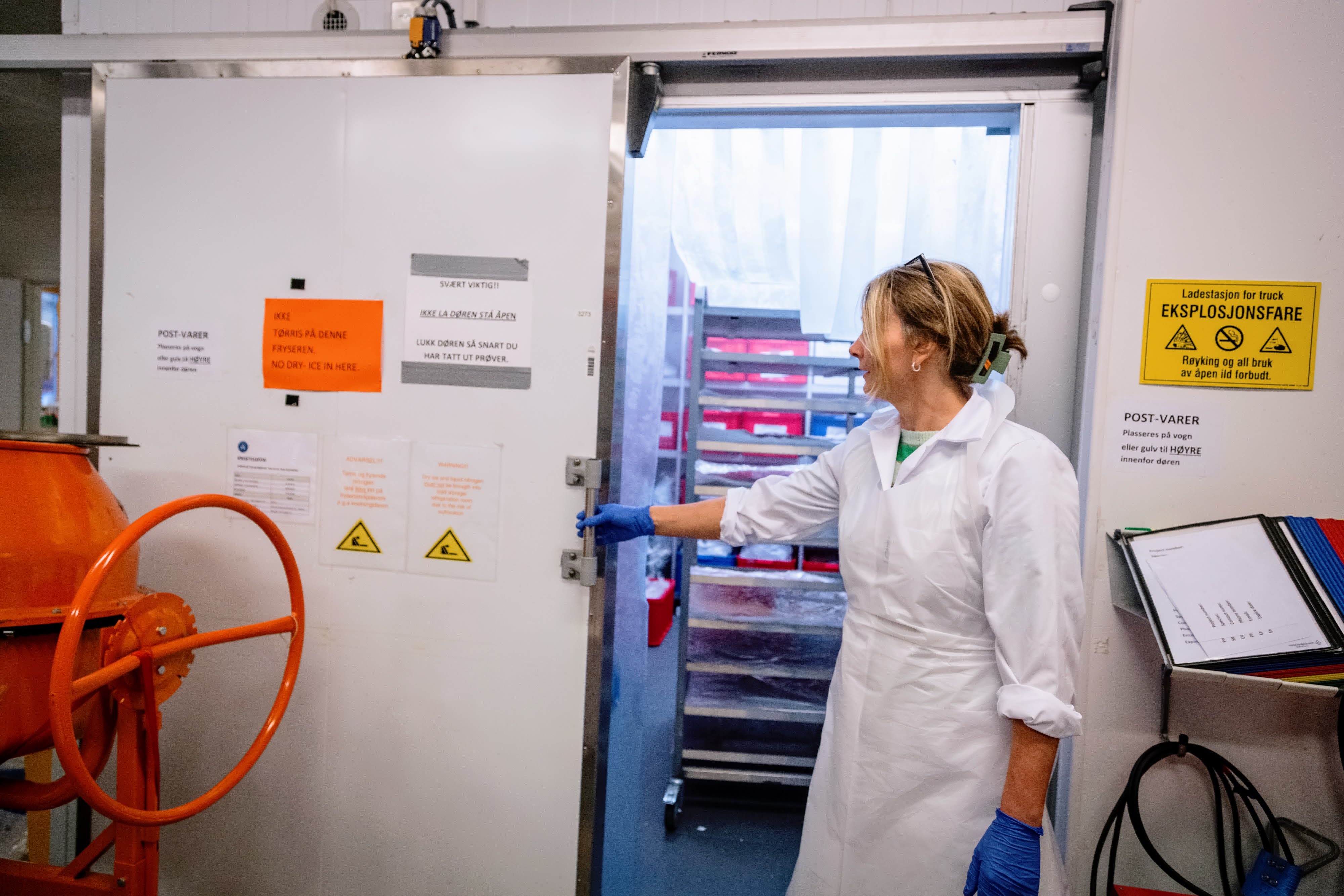
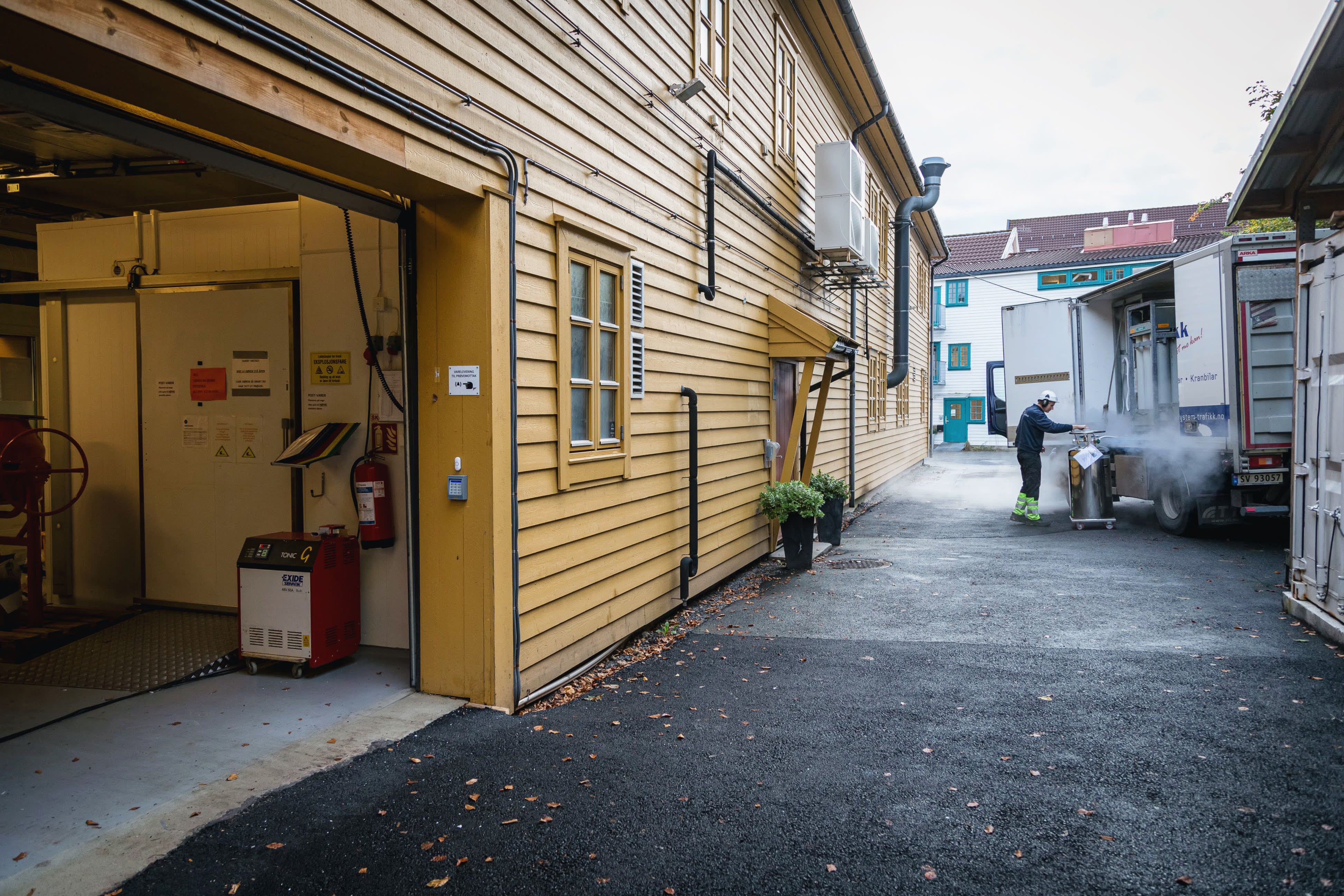
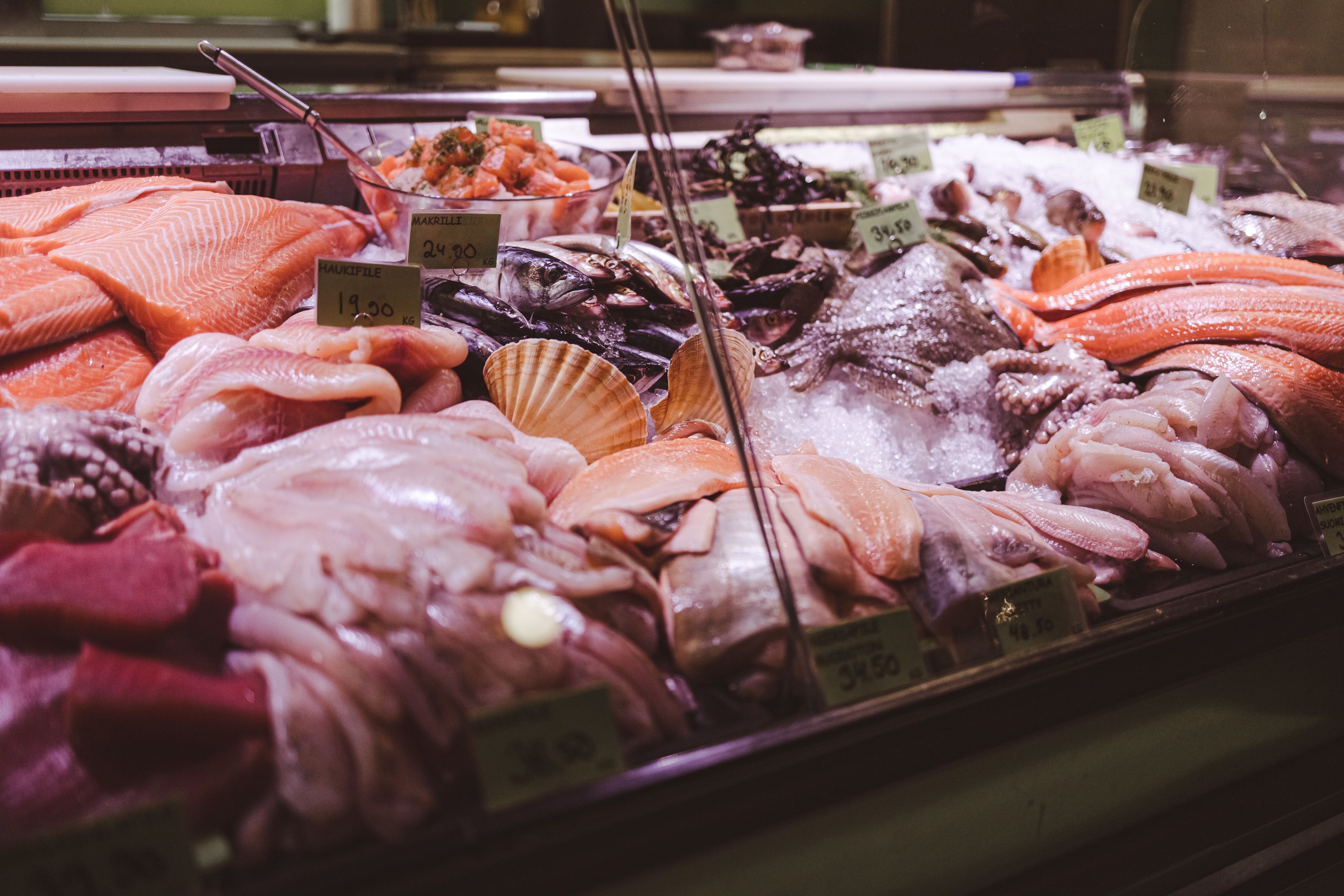
Research technician Aina Bruvik examines a cod stomach for parasites.
Fish, shellfish, fish feed, shrimp, crabs, canned food, and other foods pass through our labs.
The sample reception never sleeps.
The monitoring helps to ensure that Norwegian seafood is safe to eat.
